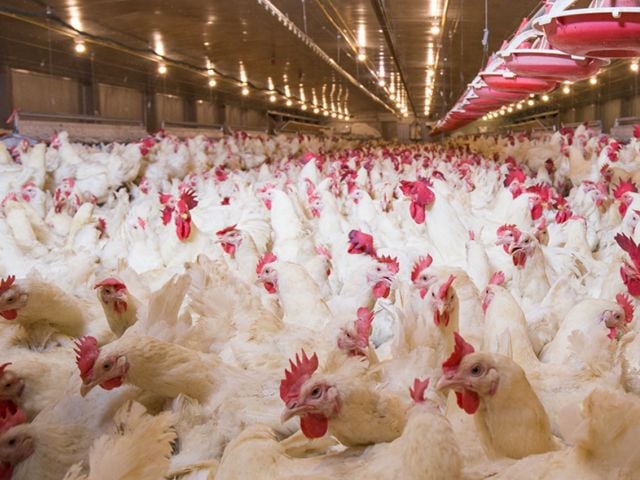
During the Dust Bowl of the 1930s, the federal government planted 220 million trees to stop the blowing soil that devastated the Great Plains. Now, just when drought and dust storms are on their way back, this “Great Wall of Trees” is crumbling – and federal farm policy is partly to blame.
A new investigation by the Food & Environment Reporting Network and the Weather Channel found that throughout Nebraska, farmers are tearing out trees to eke out a few more acres of land to plant to row crops like corn and soybeans, which receive federal subsidies. These so-called shelterbelts were critical to alleviating the conditions that created the Dust Bowl, and have helped stop them from coming back.
Tree shelterbelts help farmers adapt to drought conditions by reducing soil erosion and keeping moisture in the soil. But instead of planting more trees, or adapting to changing climate conditions through other conservation practices like planting cover crops, farmers are doing the exact opposite.
The federal crop insurance program is partly to blame for farmers not implementing adaptation practices. As EWG reported this year, crop insurance encourages farmers to ignore climate change and continue to plant the same crops in the same way, year after year, regardless of more frequent droughts. Crop insurance also makes destroying shelterbelts easier: If there’s a crop yield or price loss, farmers receive payments on the acres that were formerly used as shelterbelts.
Climate change is making farming harder in the Great Plains and it’s only going to get worse in the future. Government policies should be encouraging farmers to adapt to changing conditions, such as motivating farmers to keep and plant more shelterbelts, instead of helping them tear trees down.


